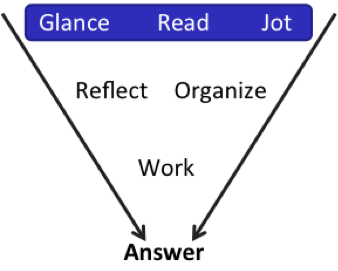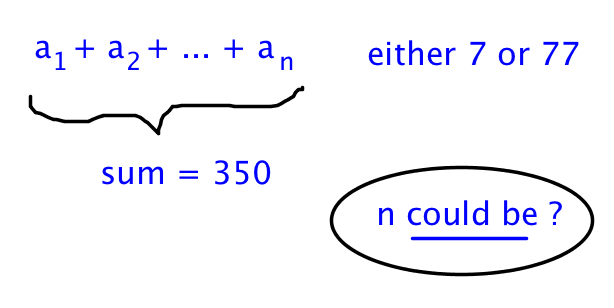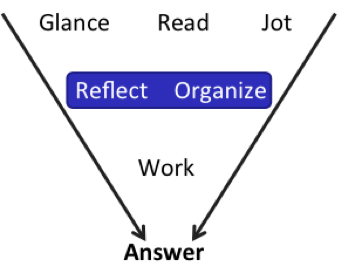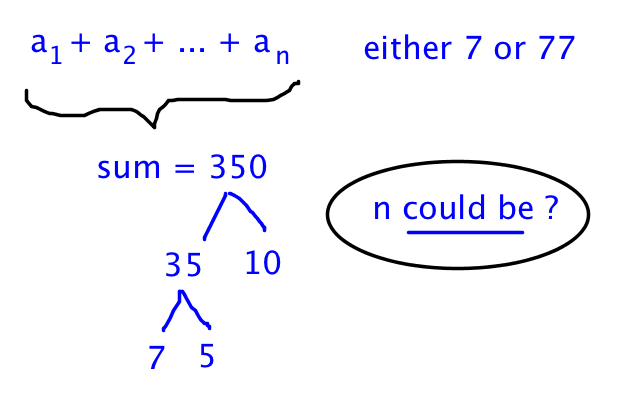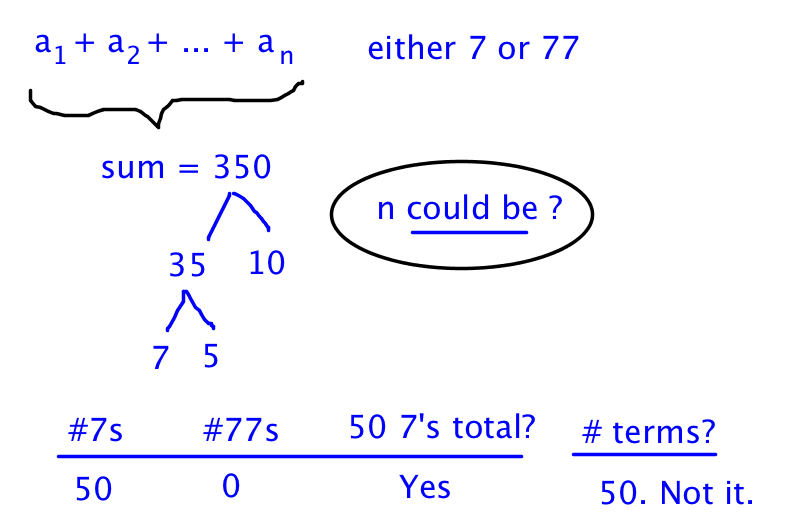-
Target Test Prep's 2024 GMAT Focus Edition prep is discounted for the BTG community!
Redeem
Minimize Your Math: Avoiding Calculations on the GMAT
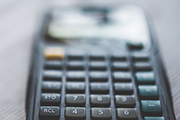 A while back, we talked about how to avoid calculations on both Problem Solving and Data Sufficiency problems. Ive found another good one for you from the free GMATPrep exams.
A while back, we talked about how to avoid calculations on both Problem Solving and Data Sufficiency problems. Ive found another good one for you from the free GMATPrep exams.
Fair warning: this is a tough one. But there is a way to solve it that doesn't involve the textbook math. (It does still involve some math. As I said, its a tough one!)
Try it out.
*If each term in the sum [pmath]a_1+ a_2+[/pmath] [pmath]+ a_n[/pmath] is either 7 or 77 and the sum equals 350, which of the following could be equal to [pmath]n[/pmath]?(A) 38
(B) 39
(C) 40
(D) 41
(E) 42
Ready? Lets go!
Glance at the problem. PS. Sequence ugh. And the answers are really close, so I wont be estimating. Double ugh.
Lets get this down on paper.
Now what? That math seems pretty ugly. Dont just dive into it. Think about whats going on here (reflect!). Is there some other way to look at this math?
Whats the significance of the numbers being either 7 or 77? First, those are both multiples of 7. And since every number in the sum is a multiple of 7, the sum itself is also a multiple of 7. Can we use that somehow?
Check it out. When youre dealing with numbers that are all multiples of the same number (7, in this case), you can think of the numbers as consisting of a certain number of 7s.
For example, the number 7 consists of one 7. The number 77 consists of eleven 7s, since (7)(11) = 77.
What about the number 350?
Use a factor tree to break it down. Get the 7 by itself and then combine all of the other factors. 350 = (7)(50). In other words there are fifty 7s in 350.
Now, how can we use that to solve?
First, notice that 50 is not in the answersbut its also not that far from the answers. So we dont have 50 sevens
but maybe the next possibility will be the one that works. What is the next possibility?
We cant take out just one 7, because then wed have to add an entire 77, and wed have a sum thats larger than 350. So we have to take out enough 7s to equal one 77:
So if we introduce one 77, how many 7s do we have to take out?
Remember that 77 represents eleven 7s. So take out 11 of them from the plain 7s:
Now, do we still have fifty 7s, total?
Yes! There are thirty-nine 7s and then one 77but that one 77 represents eleven 7s, remember. So there are 39 + 11 = 50 of those 7s.
How many terms are there? We have 39 of the 7s and 1 of the 77s. 39 + 1 = 40 terms. Bingo! Thats the answer.
The correct answer is (C). (Careful. Answer (B) is a big trap!)
You can, of course, use traditional math to solve this one. If you really want to. :)
If you feel super-comfortable with sequences, feel free. But if you, like me, find them annoying, then take some time to think about what the pattern represents. Sequences are always about some patternthe task is to find it.
Key Takeaways for Minimizing Your Math:
(1) Dont just assume that you must use textbook math. The GMAT isnt really a math test at heart. Its a reasoning test.
(2) When a problem looks especially mathy, theres a good chance theyre actually using that harder-looking math to disguise some underlying principle. In this case, they were hiding the concept of factors. If you know that you can think of a sum (in this case, 350) as a number that contains a certain number of the starting factor (in this case, 7s), then you have a shot at being able to break down the pattern and solve without all of that textbook math.
* GMATPrep questions courtesy of the Graduate Management Admissions Council. Usage of this question does not imply endorsement by GMAC.
Recent Articles
Archive
- June 2024
- May 2024
- April 2024
- March 2024
- February 2024
- January 2024
- December 2023
- November 2023
- October 2023
- September 2023
- July 2023
- June 2023
- May 2023
- April 2023
- March 2023
- February 2023
- January 2023
- December 2022
- November 2022
- October 2022
- September 2022
- August 2022
- July 2022
- June 2022
- May 2022
- April 2022
- March 2022
- February 2022
- January 2022
- December 2021
- November 2021
- October 2021
- September 2021
- August 2021
- July 2021
- June 2021
- May 2021
- April 2021
- March 2021
- February 2021
- January 2021
- December 2020
- November 2020
- October 2020
- September 2020
- August 2020
- July 2020
- June 2020
- May 2020
- April 2020
- March 2020
- February 2020
- January 2020
- December 2019
- November 2019
- October 2019
- September 2019
- August 2019
- July 2019
- June 2019
- May 2019
- April 2019
- March 2019
- February 2019
- January 2019
- December 2018
- November 2018
- October 2018
- September 2018
- August 2018
- July 2018
- June 2018
- May 2018
- April 2018
- March 2018
- February 2018
- January 2018
- December 2017
- November 2017
- October 2017
- September 2017
- August 2017
- July 2017
- June 2017
- May 2017
- April 2017
- March 2017
- February 2017
- January 2017
- December 2016
- November 2016
- October 2016
- September 2016
- August 2016
- July 2016
- June 2016
- May 2016
- April 2016
- March 2016
- February 2016
- January 2016
- December 2015
- November 2015
- October 2015
- September 2015
- August 2015
- July 2015
- June 2015
- May 2015
- April 2015
- March 2015
- February 2015
- January 2015
- December 2014
- November 2014
- October 2014
- September 2014
- August 2014
- July 2014
- June 2014
- May 2014
- April 2014
- March 2014
- February 2014
- January 2014
- December 2013
- November 2013
- October 2013
- September 2013
- August 2013
- July 2013
- June 2013
- May 2013
- April 2013
- March 2013
- February 2013
- January 2013
- December 2012
- November 2012
- October 2012
- September 2012
- August 2012
- July 2012
- June 2012
- May 2012
- April 2012
- March 2012
- February 2012
- January 2012
- December 2011
- November 2011
- October 2011
- September 2011
- August 2011
- July 2011
- June 2011
- May 2011
- April 2011
- March 2011
- February 2011
- January 2011
- December 2010
- November 2010
- October 2010
- September 2010
- August 2010
- July 2010
- June 2010
- May 2010
- April 2010
- March 2010
- February 2010
- January 2010
- December 2009
- November 2009
- October 2009
- September 2009
- August 2009
